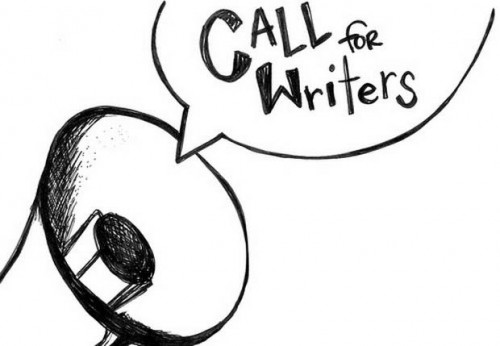Our theme week for February 2015 will be Unlikeable Women.
Representations of female antiheroines are on the rise. Contemporary audiences love morally ambiguous female characters who are hard, powerful, and determined. The soft-spoken but ruthless Claire Underwood of House of Cards is a prime example of women we love to hate, who push or ignore boundaries to get what they want. The elegant antiheroines who tend to be wealthy, goal-driven, and charismatic (Olivia Pope of Scandal, Patty Hewes of Damages, or Angelina Jolie’s Maleficent), while comparable, are a slightly different breed from the outright unlikeable women who are popping up all over film and television.
Whiny, self-obsessed Piper Chapman of Orange is the New Black and Hannah Horvath of Girls are perfect examples of these downright unlikeable female characters. What sets them apart from the traditional antiheroine archetype? Michelle Jurgen of Mic posits,
“It’s alienating simply because we’re not used to being served up unpalatable women: women who are naked just because, who give themselves terrible haircuts, and who are frank, judgmental and do whatever they want without regard for others. Women who act in a way we’re used to seeing only male characters act, which has unfairly branded them unlikable rather than well-crafted and complex.”
Jurgen further goes on to suggest that it is the humanness of these antiheroines that is difficult for audiences to stomach. Along with Piper and Hannah are characters like Cersei Lannister of Game of Thrones and Annalise Keating of How to Get Away with Murder who are equally vulnerable. They’re petty, manipulative, and needy. They make mistakes, often stupid mistakes, and they’re usually in damage-control mode, putting out the fires they either set or caused to be set.
If these unlikeable women are so “unpalatable,” why are they still being created? Why are we still watching them? Why are these productions winning so many awards and accolades?
Feel free to use the examples below to inspire your writing on this subject, or choose your own source material.
We’d like to avoid as much overlap as possible for this theme, so get your proposals in early if you know which film you’d like to write about. We accept both original pieces and cross-posts, and we respond to queries within a week.
Most of our pieces are between 1,000 and 2,000 words, and include links and images. Please send your piece as a Microsoft Word document to btchflcks[at]gmail[dot]com, including links to all images, and include a 2- to 3-sentence bio.
If you have written for us before, please indicate that in your proposal, and if not, send a writing sample if possible.
Please be familiar with our publication and look over recent and popular posts to get an idea of Bitch Flicks’ style and purpose. We encourage writers to use our search function to see if your topic has been written about before, and link when appropriate (hyperlinks to sources are welcome, as well).
The final due date for these submissions is Friday, Feb. 20 by midnight.
House of Cards
Damages
Scandal
How to Get Away with Murder
Game of Thrones
Girls
Orange is the New Black
Dangerous Liaisons
Once Upon a Time
Maleficent
Fatal Attraction
Breaking Bad
Revenge
Sex and the City




